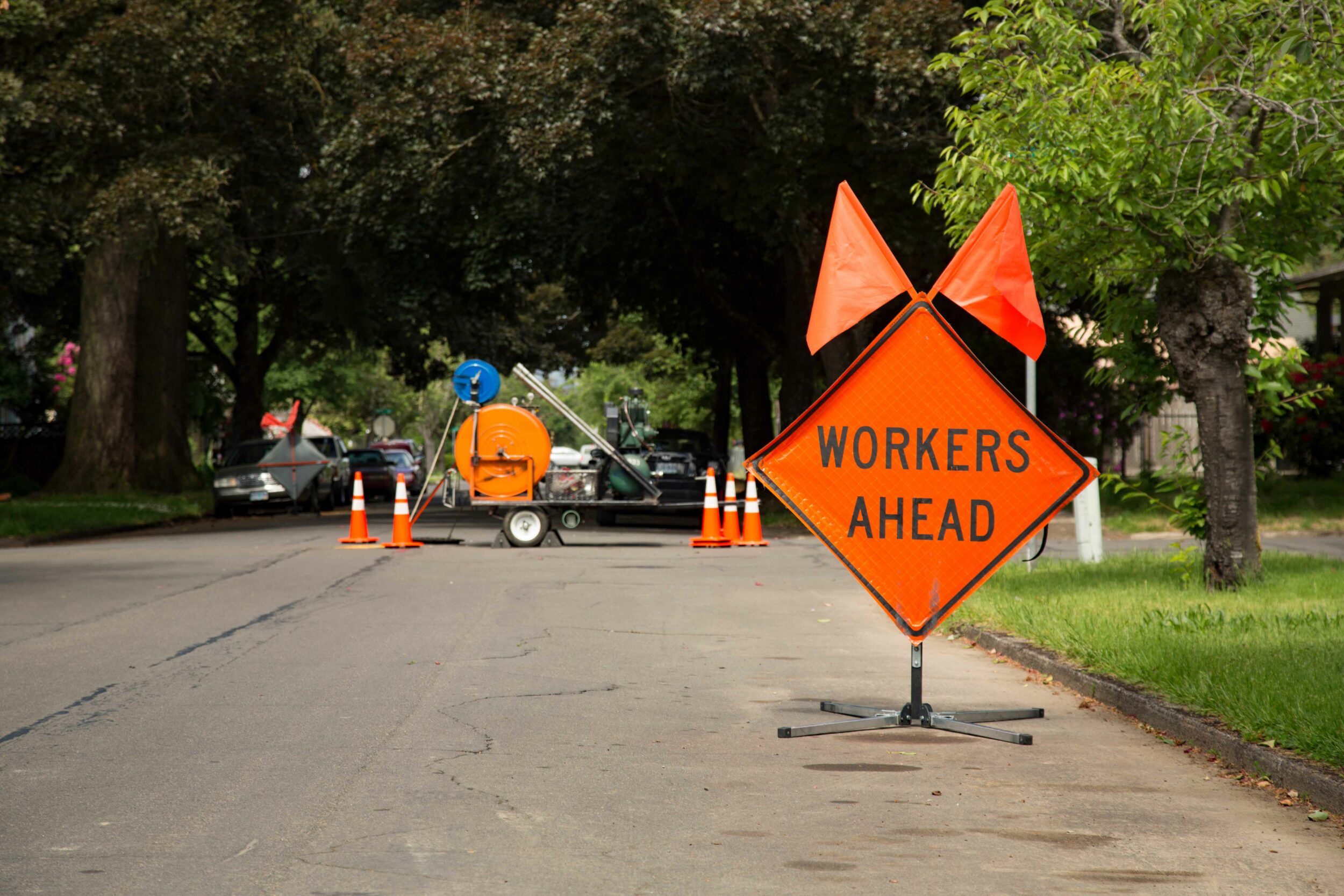
Construction jobs are essential for building the infrastructure that supports our communities. However, they can also be some of the most hazardous occupations. To ensure the safety of workers and create a zero-incident workplace, construction companies must prioritize and implement best practices for accident prevention. In this article, we’ll explore the strategies and guidelines that can help achieve a workplace with no incidents or accidents.
Understanding the Importance of Safety
In the world of construction, safety isn’t just a legal requirement; it’s a moral and ethical obligation to protect the well-being of every worker. A zero-incident workplace isn’t a mere goal; it’s a commitment to creating an environment where workers go home safely every day.
To achieve this goal, companies must embrace a culture of safety that involves:
– Leadership Commitment: Company leadership must prioritize safety and set an example for all employees.
– Employee Involvement: Workers should actively participate in safety initiatives, reporting hazards and suggesting improvements.
– Continuous Training: Regular training ensures that employees are aware of safety protocols and best practices.
– Safety Programs: Construction companies should have comprehensive safety programs in place.
– Accountability: Everyone in the organization should be accountable for safety, from top management to front-line workers.
Best Practices for a Zero-Incident Workplace
1. Safety Training and Education: Regular and comprehensive safety training is a cornerstone of a zero-incident workplace. Workers should be well-versed in the specific safety protocols and practices relevant to their job roles. This training should cover topics like personal protective equipment (PPE), hazard recognition, emergency response, and the proper use of tools and equipment.
2. Hazard Identification and Reporting: Workers should be encouraged to identify hazards and report them promptly. This promotes a proactive safety culture where everyone is responsible for safety. Companies should have a clear process for reporting hazards and ensuring they are addressed promptly.
3. Pre-Task Planning: Before beginning a task, workers should engage in pre-task planning. This involves identifying potential risks and hazards associated with the job and determining the necessary safety measures to mitigate them. By planning ahead, workers can take proactive steps to ensure a safe work environment.
4. Regular Safety Inspections: Routine safety inspections are crucial for identifying and correcting potential hazards. These inspections should encompass equipment checks, site assessments, and a review of safety procedures. Regular inspections help maintain a safe workplace.
5. Emergency Response Preparedness: Every worker should be familiar with emergency response procedures, including the location of emergency exits, first aid stations, and fire extinguishers. Regular drills and training can ensure that workers are well-prepared to respond to emergencies effectively.
6. Effective Communication: Clear and effective communication is essential for ensuring safety. Companies should establish communication channels for reporting safety concerns, sharing safety information, and conducting safety meetings. Workers should feel comfortable communicating safety issues without fear of retribution.
7. Personal Protective Equipment (PPE): Providing and enforcing the use of appropriate PPE is crucial. Workers should have access to and be trained on the use of safety gear such as hard hats, gloves, eye protection, hearing protection, and fall protection equipment.
8. Fall Prevention: Falls are a significant cause of construction-related injuries. Fall prevention measures, such as guardrails, safety nets, and personal fall arrest systems, should be in place and used correctly.
9. Machine and Equipment Safety: Workers should receive training on the safe operation of machinery and equipment on construction jobs. Equipment should be regularly inspected and maintained to ensure it functions properly and safely.
10. Scaffold Safety: Proper assembly, inspection, and use of scaffolds are essential to prevent accidents. Workers should be trained in scaffold safety, and scaffold systems should be inspected regularly.
11. Electrical Safety: Electrical hazards can be deadly. Workers should understand the risks associated with electricity and receive training on proper electrical safety procedures.
12. Excavation Safety: Trench and excavation work carries inherent risks. Adequate protective systems, such as trench boxes and shoring, should be used. Workers should also be trained in safe excavation practices.
13. Materials Handling: Proper materials handling and storage are essential for preventing accidents. Workers should use lifting and rigging equipment safely and follow guidelines for load capacities.
14. Subcontractor Management: For construction companies that use subcontractors, it’s vital to ensure that subcontractors adhere to the same safety standards. A unified approach to safety should be established across all parties involved.
15. Incident Investigation: In the unfortunate event of an incident, it’s crucial to conduct a thorough investigation to determine the root causes and implement corrective actions to prevent similar incidents in the future.
Continuous Improvement for a Zero-Incident Workplace
Achieving a zero-incident workplace is an ongoing process that requires continuous improvement. Companies should regularly evaluate their safety programs, policies, and practices to identify areas for enhancement. This includes reviewing incident reports, conducting safety audits, and seeking feedback from workers.
One effective way to foster continuous improvement is to establish safety committees or engage workers in safety suggestions and initiatives. By involving employees at all levels of the organization, companies can tap into a wealth of knowledge and experience to enhance safety measures.
The Bottom Line: A Commitment to Safety
In construction jobs, safety is not negotiable. It’s a commitment that starts at the top of an organization and extends to every worker on the job site. By prioritizing safety training, hazard identification, proactive planning, and effective communication, construction companies can move closer to the goal of a zero-incident workplace.
The journey to achieving this goal is ongoing, but the rewards are immeasurable. Workers return home safely, projects progress without interruptions, and the construction industry as a whole benefits from a reputation of commitment to safety. In the world of construction, creating a zero-incident workplace is the ultimate measure of success.
If you are looking for a company that specializes in work safety and cares about their employees as well as their families, look no further than Kilgore Companies. With so many positions available you are sure to find one that fits you and your family’s needs.
